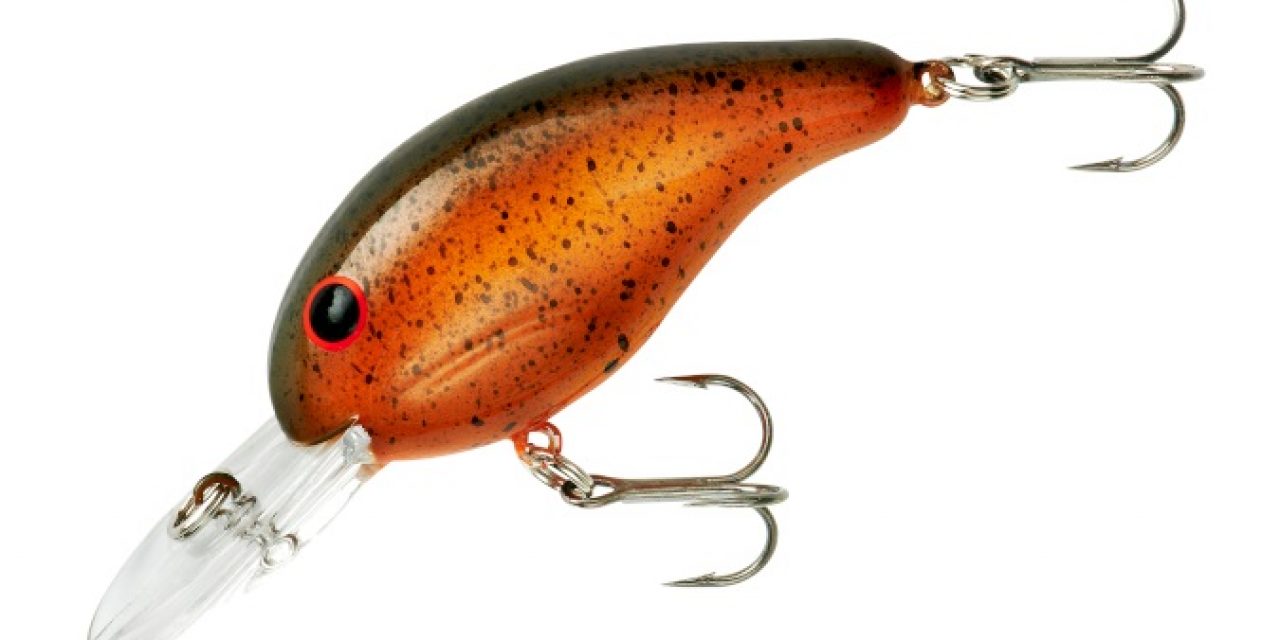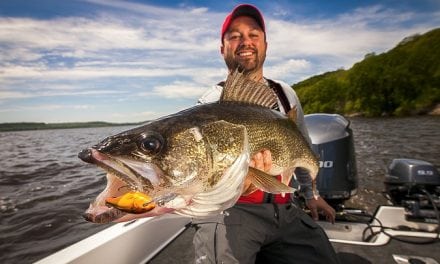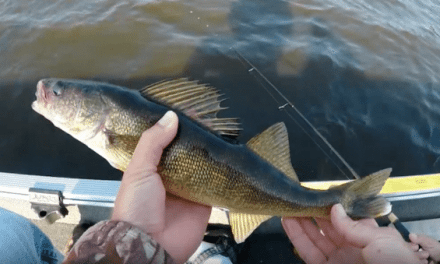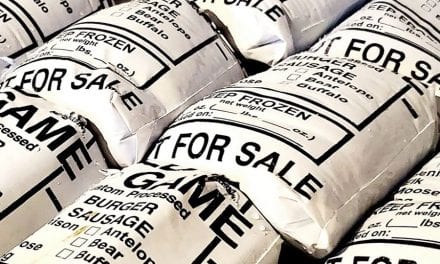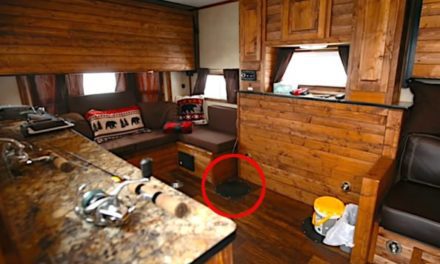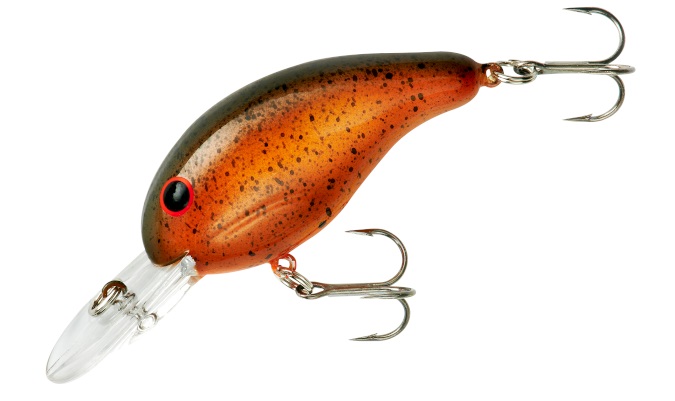
March in the south brings hope to many anglers as the water begins to warm, only to have wild cold fronts blow in and change everything drastically. It can be difficult to find reliable patterns in shallow dirty water during this moody month, but legendary shallow water guide Mike Siefert has it figured out.
Mike is the owner and operator of Lake Millwood Guide Service in southern Arkansas and has dealt with the changing conditions in this notable shallow water stronghold for many, many years. Millwood is a shallow-water bowl filled with flooded timber fed by a long river that covers several miles of backwater sloughs and oxbows.
Millwood hasn’t been experiencing much of a winter and due to that Mike is consistently seeing water temps reach the upper 40s and low 50s, which is like many southern shallow water lakes. With the recent change in water he has noticed the bass have primarily changed their diets to crawfish due to shorter days and dwindling shad populations. Be aware of these types of dietary changes by noticing tell-tale signs such as red sections in the mouth and throat, and for bass spitting up in live wells or during the fight.
High rains have produced a lot of stain in the main lake. Due to this, Mike has been finding the most productive water to be clearer sections in the backs of creeks.
As far as reaction baits go, Mike has been finding tons of success with multiple options. His first choice is a Bandit 200 in craw patterns such as Old Light Matte, or Alabama Craw thrown around standing timber and stumps in the backs of deeper creeks. His best tip with the Bandit is making contact with structure and immediately pausing the bait so it has a slight rise, this is generating the most bites. Other crankbait producers for him have been Fat Free Shads.
If the crankbait bite slows down, Siefert recommends moving to a War Eagle Double Willow or Tandem Willow in Spot Remover, Mouse, Sexxy Mouse, or Firetiger if the water is clear. He will fish the War Eagle in the same areas as the crankbait banging off of stumps and timber in around 8-12 feet in the backs of creeks. Pad stems or vegetation that still remains around timber gets an immediate nod right now as he is noticing more quality largemouth in these types of locations.
If reaction baits aren’t getting bit, Mike will quickly switch to the subtle action of flipping a Texas rig YUM Bad Mamma around the same areas as the spinnerbaits and crankbaits. The best colors seem to be Black Blue, or a natural pattern like California 420 if the water has less stain. If flipping the Bad Mamma doesn’t get the nod, he switches to a 10” Ribbontail on a small weight, such as a 1/8, or 3/16 weight with a bead for a little added noise. The Ribbontail has a more finesse appearance to bass and is very natural as it’s dragged around cover.
The last lure option that Siefert reaches for to coax some bites is a BOOYAH Boo Jig in 3/8 or ½. Fishing the jig is a much slower option, and most of Mike’s clients don’t opt for this presentation, but the potential for catching a true giant is very likely with a jig. Working the jig slow and methodically by pitching cypress trees, stumps and visible cover is the best option during this typically cold month. Mike notes that most bass have reverted to feeding on crawfish with the shad dying off, as is the situation across the country, which requires a slower bottom bait to match the primary forage. It might be just a few bites per day, but if you’re lucky it could be a true giant.
So, to put together the knowledge we have attained we can begin to pinpoint the locations necessary to target. Most of Mike’s suggestions lean towards targeting bass in the back portions of creeks, which is a good starting point on shallow body of water. Start with reaction first such as a Bandit crankbait or War Eagle spinnerbait and target high percentage cover such as stumps and other wood targets. If the reaction baits don’t produce try slower lures such as flipping a YUM Bad Mamma, or dragging a BOOYAH jig around the same kinds of places as the reaction baits. Several times bass will still be around this type of cover, but neglect to react to a fast moving bait.
Give these presentations a shot on your next trip out and we’re sure that in some way, shape, or form you will produce some bites. Thanks again to Mike for the very valuable information, and if you’re ever in the area around Lake Millwood, give him a call for a great day on the water.
More bass fishing news >> https://www.odumagazine.com/topics/fishing_freshwater/bass-fishing-fishing-freshwater/
The post Bandit Lures – Where are shallow bass in early March appeared first on OutDoors Unlimited Media and Magazine.

